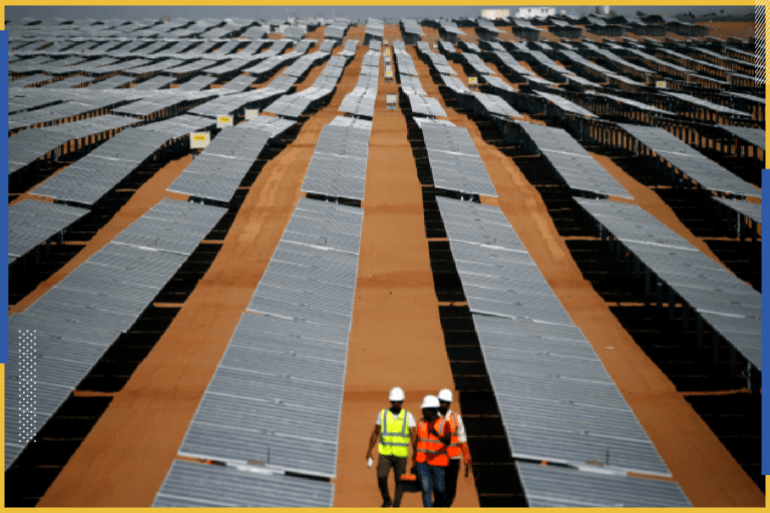The sun is one of God’s great blessings to humanity, it is light and warmth, and it is also the largest source of energy in the universe, however, converting this energy into electricity is very costly in financial terms, because the technology currently used in this process is expensive, which makes this energy confined to a few people, at least until very recently.
In fact, the solar cells used in the world today are not efficient enough, as they cannot convert all the solar energy they absorb into electricity, and they are not even close to achieving this goal, and the biggest disadvantage is their high price, as these cells are made of expensive silicon, Even solar energy is more expensive than wind or hydro.
About 1% of the energy extracted in the world comes from solar energy, according to 2019 statistics, as mentioned by ourworldindata, and this is in fact a very small percentage, primarily due to the high material cost required by the technology used. in producing this energy.
high material cost
In fact, 98% of solar cells in the world are made of silicon, which is the most common technology for producing energy from the sun. The website "Solarquotes" mentioned in a recent report.
It takes 1.3 kg of silicon to make one solar panel, at a cost of $36.4. If one solar system consists of 27 panels, the price is $982. If we add taxes, labor fees and other production costs, the price will reach about $1,500. This is a high cost by all standards, and most people cannot afford it.
The energy from the sun is free, but collecting it and converting it into electrical energy is very expensive (Reuters)
A new technique for making solar cells from nanotechnology
To solve this problem, researchers from the Australian Queensland University of Technology recently announced that they have found a new technology to make cheap, sustainable, efficient and affordable solar cells, according to the university's platform that recently published the scientific study.
Scientists say there is an urgent need to develop cheaper, more efficient and environmentally friendly alternatives as well. To achieve this, scientists have created a nanomaterial that makes solar cells more efficient than silicon-based cells. Scientists have named these new cells "Perovskite solar cells" (Perovskite solar cells). PSCs)).
These new cells are very effective and easy to produce, and they have developed very rapidly during the last period, but huge quantities of them were not produced capable of covering the market need due to some technical problems that they were experiencing, but scientists have now reached to invent a nanoscale material capable of solving These problems encountered the development of perovskite solar cells, and the ability to produce large quantities of them capable of covering the market soon.
Scientists have found that injecting these cells with the new nanomaterial - which acts as a catalyst for them - has achieved thermal stability for these cells, and the injection technique is an advanced way to improve the electrical properties of the new cells.
High efficiency of new technology
"The injected cells showed a high efficiency in converting solar energy into electricity, with a rate of more than 21% compared to cells that were not injected with the nanocatalyst, which gives a strong impetus to the production of sustainable and efficient solar panels, and most importantly, So it is cheap and affordable for everyone.
"The energy coming from the sun is free and it costs absolutely nothing, but collecting it and converting it into electrical energy is very expensive, and this is why efficiency is so important in this complex process, if we can develop cheaper and more efficient solar panels, then we can use more Solar energy, which we will see very soon with this new technological innovation.”

